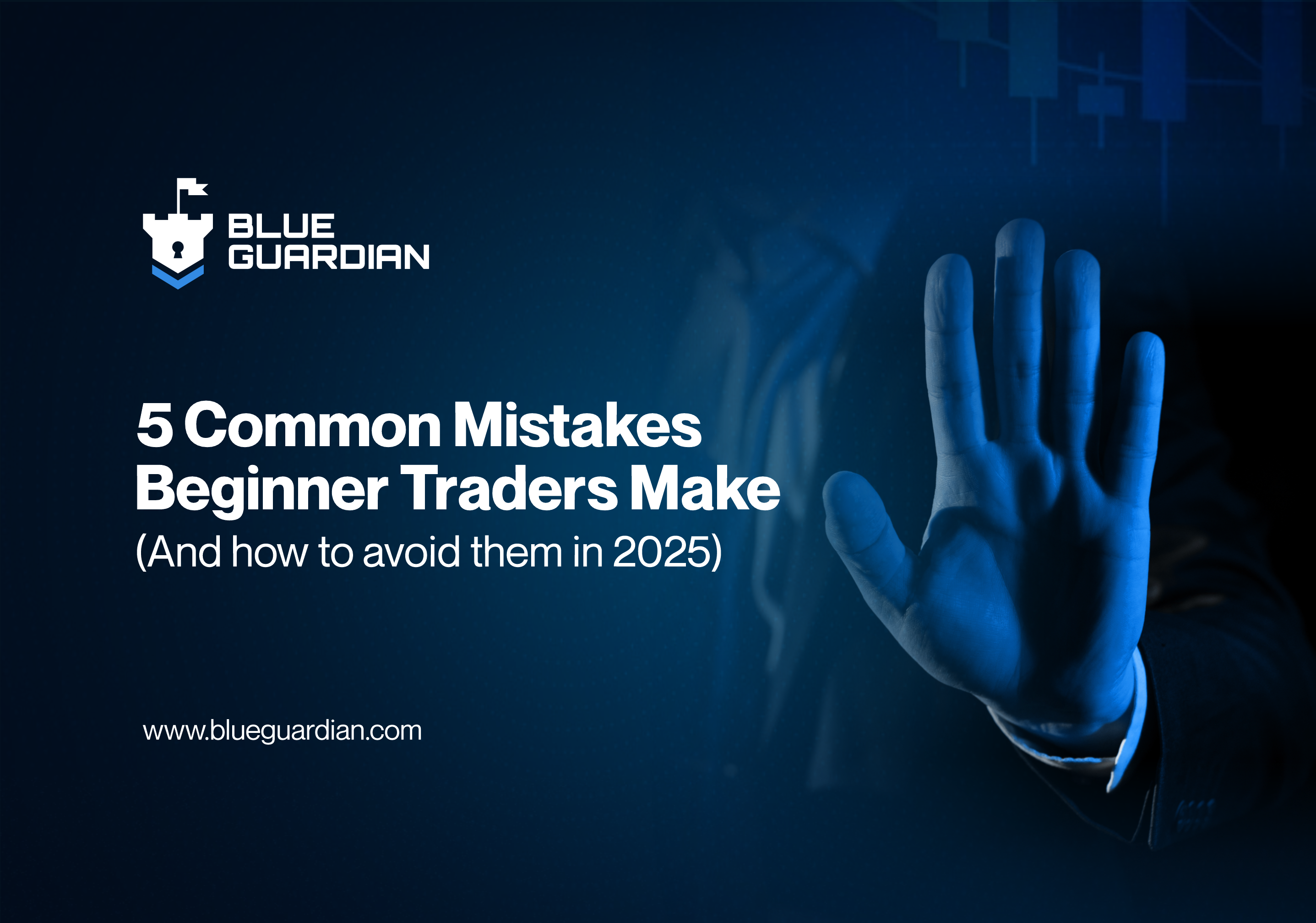Trading Risk Management Techniques: An Overview

Becoming a prop trader offers exciting potential in the world of finance, allowing individuals to trade with a firm's capital and access greater opportunities. In this article, we'll explore how you can leverage your holiday break to kickstart your prop trading journey. Whether you're new to trading or looking to transition into the field, we’ll cover the key steps to help you get started and make the most of your free time. Get ready to turn your holiday break into a market break!
Understanding the Basics of Prop Trading
Prop trading, or proprietary trading, involves trading with a firm's capital instead of your own, giving you access to greater resources and opportunities. Unlike retail trading, where you trade your personal funds, prop traders aim to generate profits for the firm they work with, using their strategies and techniques. One key aspect of prop trading is the use of prop trading strategies, which are tailored to maximize returns while managing risk.
A prop trader’s role is to make informed decisions, execute trades, and manage risk effectively. This requires a strong understanding of financial markets, technical analysis, and market trends. Successful prop traders must possess excellent decision-making skills, discipline, and the ability to stay calm under pressure.
While prop trading can offer significant rewards, it also carries risks. The potential for high returns is appealing, but losses can occur if trades don’t go as planned. It’s crucial for a prop trader to manage their risk carefully, balancing the potential for profit with the risk of loss.
Leveraging the Holiday Break to Learn and Practice
The holiday break provides a valuable opportunity to dive into the world of trading, whether you’re just starting or looking to refine your skills. Here are some key areas to focus on during this time:
Educational Resources: Start by building a solid foundation. There are numerous online courses, books, and webinars available that teach the fundamentals of trading. Platforms like Coursera, Udemy, and Investopedia offer courses that cover everything from basic concepts to advanced strategies. Reading books like A Beginner’s Guide to Forex Trading or The Little Book of Common Sense Investing can also help you build a strong knowledge base.
Demo Account Practice: One of the best ways to practice without risking real money is through demo accounts. Many prop trading firms offer simulated trading platforms where you can trade with virtual funds. This allows you to familiarize yourself with trading platforms, test out strategies, and experience real-time market conditions without financial pressure. Using a demo account is a crucial step in gaining hands-on experience and building confidence in your trading abilities.
Technical Analysis: Understanding technical analysis is essential for making informed decisions. During your holiday break, take the time to learn key concepts like chart patterns, technical indicators, and candlestick analysis. These tools help traders predict future market movements based on historical data. Familiarize yourself with indicators like the Moving Average or Relative Strength Index (RSI), and practice identifying chart patterns like head and shoulders or double bottoms.
Fundamental Analysis: While technical analysis focuses on price movements, fundamental analysis looks at the underlying factors that drive markets. Economic indicators, news events, and company financials play a significant role in shaping market behavior. Learn how reports like GDP, inflation, and employment data affect market trends. Keeping up with global news and understanding the financial health of companies will help you make more informed trading decisions.
By dedicating your holiday break to learning and practicing these concepts, you’ll be better prepared to take the next step in your prop trading journey.
Building a Strong Foundation
To succeed as a prop trader, it's essential to build a solid foundation from the start. A well-defined trading plan is key. Your plan should outline entry and exit points, risk management techniques, and position sizing to guide your decisions. By setting clear rules, you can remove the guesswork and improve consistency in your trading.
Emotional control is equally important. Trading can stir up emotions like fear, greed, and impatience. These emotions can cloud judgment and lead to poor decision-making. Successful traders develop mental resilience and stick to their trading plans, regardless of market volatility. Maintaining emotional discipline will help you stay focused and make rational decisions even during stressful situations.
Finally, continuous learning is a cornerstone of success in prop trading. The markets are always evolving, so it's crucial to stay updated on new strategies, tools, and techniques. Whether through books, webinars, or networking with other traders, ongoing education will help you adapt to changing market conditions and refine your skills over time.
Taking the Next Step
Once you’ve laid a solid foundation, it’s time to take the next step in your prop trading career. Prop trading firms provide the capital and resources you need to trade at a higher level. Research reputable firms that align with your goals and values. When applying, ensure your trading plan and experience demonstrate your potential to succeed.
The application process often includes a rigorous evaluation. Prop trading firms typically assess your ability to consistently demonstrate profitability over a period of time. To succeed in these evaluations, it's crucial to show that you can manage risk effectively and trade profitably over the long term. Developing a track record of success on a demo account can be an excellent way to prepare.
As you progress, consider the potential career paths within the prop trading industry. Many traders start as junior traders and gradually move up to senior positions or even managing their own teams. The industry offers ample opportunities for those who can adapt, learn, and consistently perform.
How to Stay Focused and Continue Growing in Prop Trading

Take the first step toward your prop trading success today! Use your holiday break to gain the knowledge and skills needed to thrive in this exciting field. Start building your trading plan, practice with demo accounts, and stay committed to continuous learning. The market is full of opportunities—don’t wait to make your move! Start your prop trading journey now and set yourself up for long-term success.
Have questions or need guidance? Get started with Blue Guardian today, and we’ll help you get started on your path to becoming a successful prop trader. Ready for the next step? Join our trading challenge and prove your skills!
More Blogs
Subscribe to Our
Newsletter
.svg)
.svg)


.svg)
.avif)
.svg)




.avif)
.avif)
.avif)




